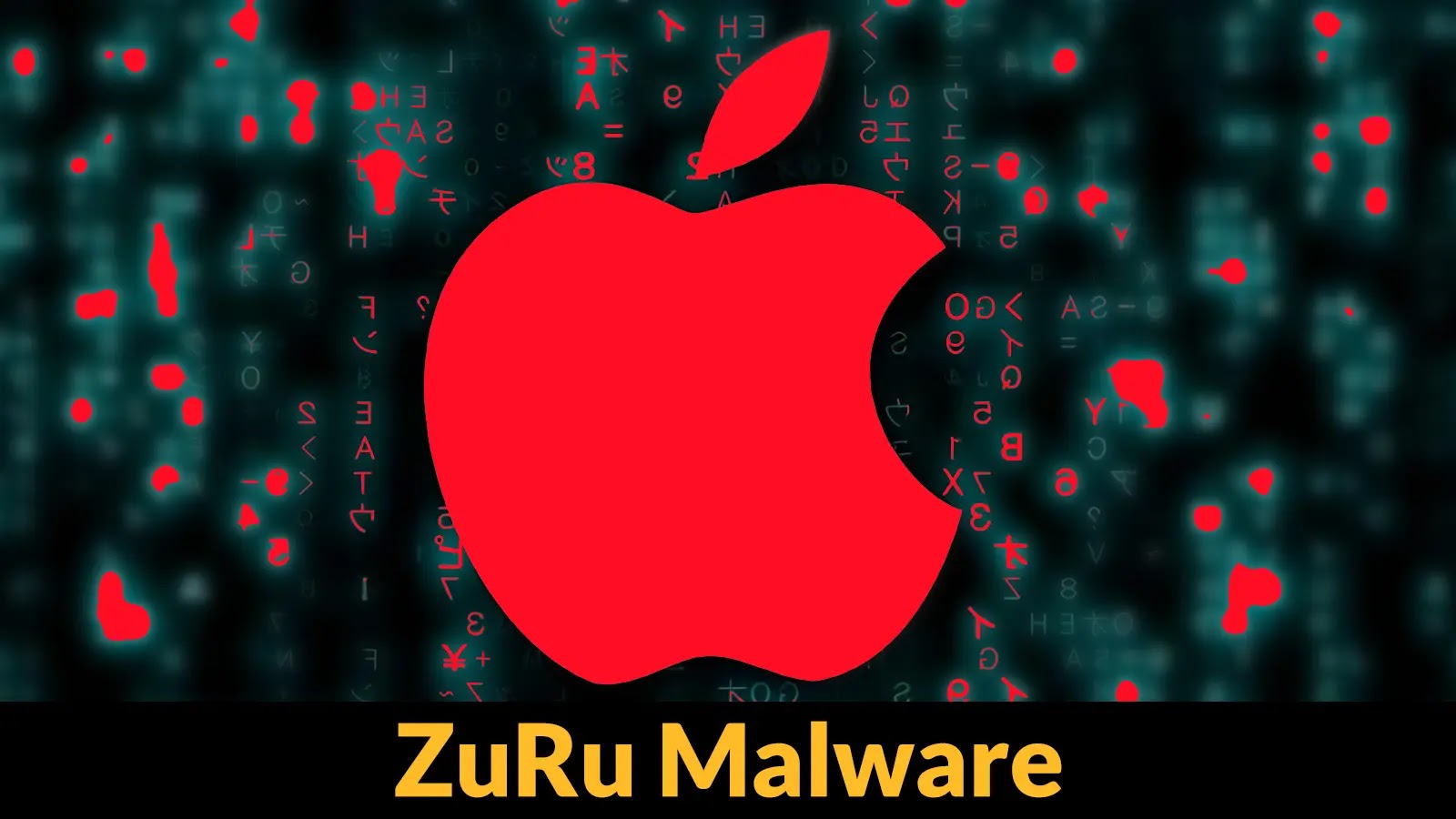Critical Microsoft SQL Server Vulnerability Allows Attackers to Escalate Privileges
Microsoft has recently addressed a significant security flaw in its SQL Server software, identified as CVE-2025-59499. This vulnerability, disclosed on November 11, 2025, affects multiple versions of SQL Server, including 2016, 2017, 2019, and 2022. The flaw arises from improper handling of special characters in SQL commands, creating an opening for SQL injection attacks that can compromise database security.
Understanding the Vulnerability
CVE-2025-59499 is classified under CWE-89, which pertains to SQL Injection vulnerabilities. This specific flaw allows authorized users with limited privileges to inject malicious T-SQL commands through specially crafted database names. When exploited, attackers can execute arbitrary commands with elevated permissions, potentially gaining complete control over the database system.
Technical Details
The vulnerability carries a Common Vulnerability Scoring System (CVSS) score of 8.8, marking it as a high-severity issue. Several factors contribute to this rating:
– Attack Vector: Network-based, meaning the attack can be executed remotely.
– Attack Complexity: Low, indicating that exploitation does not require sophisticated techniques.
– Privileges Required: Low-level access is sufficient for exploitation.
– User Interaction: None required, making it easier for attackers to exploit the vulnerability without user intervention.
This combination of factors makes the vulnerability particularly dangerous for exposed database servers.
Attack Mechanism
The exploitation process involves crafting malicious database names containing special SQL characters that are not properly sanitized by the server. When these crafted names are processed, the injected T-SQL commands execute with the privileges of the process running the query. If the process runs with sysadmin privileges, the attacker gains full administrative control over the entire SQL Server instance. This level of access allows them to read, modify, or delete any data, create new accounts, or execute system-level commands.
Implications for Organizations
The potential impact of this vulnerability is substantial:
– Data Breach: Unauthorized access to sensitive data stored within the SQL Server.
– System Compromise: Attackers can execute arbitrary commands, potentially deploying malware or other malicious payloads.
– Operational Disruption: Critical systems relying on SQL Server may experience downtime or degraded performance.
Given the widespread use of SQL Server in enterprise environments, the risk extends across various sectors, including finance, healthcare, and government agencies.
Mitigation and Recommendations
Microsoft has released security patches for all affected versions through both General Distribution Release (GDR) and Cumulative Update (CU) channels. Administrators are strongly advised to:
1. Apply Security Updates Promptly: Ensure that the appropriate updates are applied based on the current SQL Server version and update path.
2. Review and Harden Access Controls: Limit access to SQL Server instances to trusted networks and users.
3. Implement Input Validation: Ensure that all inputs, especially those involving database names, are properly sanitized to prevent SQL injection attacks.
4. Monitor for Unusual Activity: Regularly review logs and set up alerts for suspicious activities that may indicate exploitation attempts.
Conclusion
The discovery of CVE-2025-59499 underscores the importance of proactive security measures in database management. Organizations must prioritize the application of security patches and continuously monitor their systems to defend against potential exploits. By staying vigilant and implementing robust security practices, businesses can mitigate the risks associated with such vulnerabilities and protect their critical data assets.



